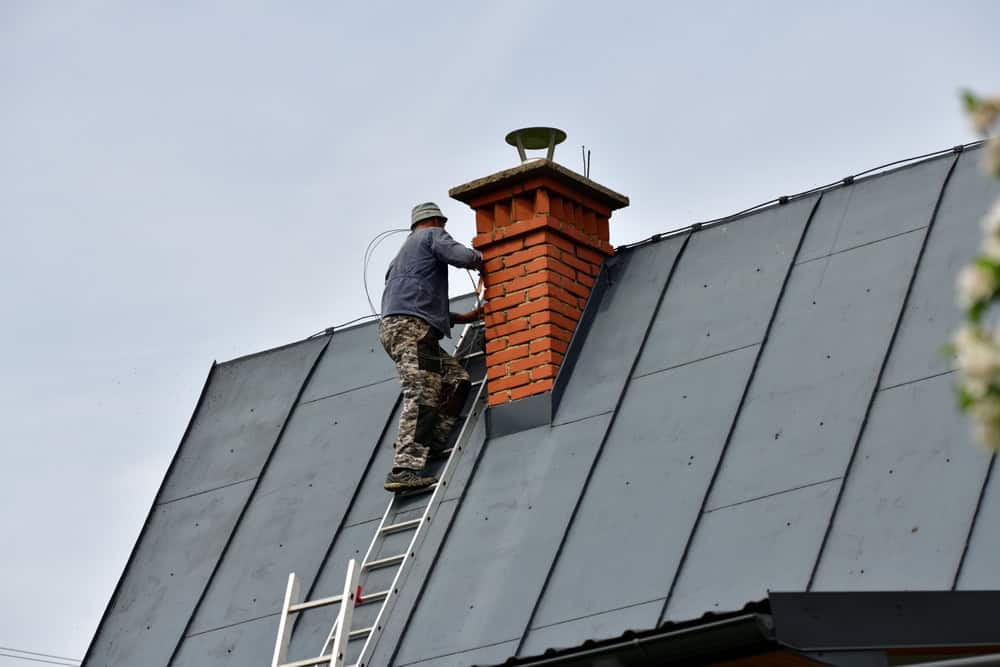CSI certified technicians with two decades of experience installing stainless steel chimney liners that protect your home and family.

Hear from Our Customers

Your chimney liner isn’t just a metal tube. It’s the barrier between dangerous combustion gases and your home’s structure. When it’s installed correctly, you get consistent draft, better heating efficiency, and most importantly, protection from carbon monoxide leaks.
A quality stainless steel liner installation means your fireplace or heating appliance works the way it should. No more smoke rolling back into your room. No more worrying about invisible gases. No more watching your heating bills climb because your system can’t breathe properly.
The right liner also protects your chimney’s masonry from acid damage. Those combustion gases are corrosive, and without a proper liner, they eat away at your chimney from the inside out. That’s expensive damage that shows up years later as major structural problems.
Certified Chimney Inspections has been serving East Providence homeowners since 2000, with the same experienced team handling chimney and fireplace work for over two decades. Our technicians hold CSI certification from the Chimney Safety Institute of America, which means we’ve met the industry’s highest standards for knowledge and workmanship.
This isn’t a side business or seasonal work. We operate a retail stove store and provide comprehensive chimney services year-round. We’ve seen every type of liner problem, from minor repairs to complete system failures, and we know how to get it right the first time.
We offer free estimates and in-house financing because we understand that chimney work is often unexpected. Our focus stays on quality installation and honest recommendations, not pushing unnecessary services.

Every chimney liner installation starts with a thorough inspection of your existing chimney structure. We measure the flue dimensions, check for obstructions, and determine the correct liner size for your specific appliance. This isn’t guesswork – the liner has to match your heating system’s requirements exactly.
Next comes the actual installation. Our crew removes any old liner materials and debris, then carefully feeds the new stainless steel liner down from the top of the chimney. We secure it properly at both ends – connected to your appliance at the bottom and capped correctly at the top. The space around the liner gets insulated when required by code or manufacturer specifications.
The final step involves testing the system to ensure proper draft and checking all connections for safety. You get a clear explanation of what was done, any maintenance recommendations, and documentation for your records. The whole process typically takes one day for most residential installations, and we clean up completely before we leave.

Ready to get started?
A complete chimney liner installation includes more than just dropping a liner down your flue. We provide the proper stainless steel liner sized for your specific appliance, all necessary fittings and connections, and professional installation that meets local codes and manufacturer requirements.
Our service covers removal of old liner materials, proper insulation when needed, and secure connections at both the appliance and chimney top. Many East Providence homes built before 1990 have clay tile liners that crack over time, especially with today’s high-efficiency heating appliances that create more acidic condensation.
Each installation comes with clear documentation of the work performed and any recommendations for ongoing maintenance. We also handle any necessary permits and ensure the installation meets current safety standards. Most residential liner installations qualify for in-house financing, making it easier to address safety issues promptly rather than waiting.
